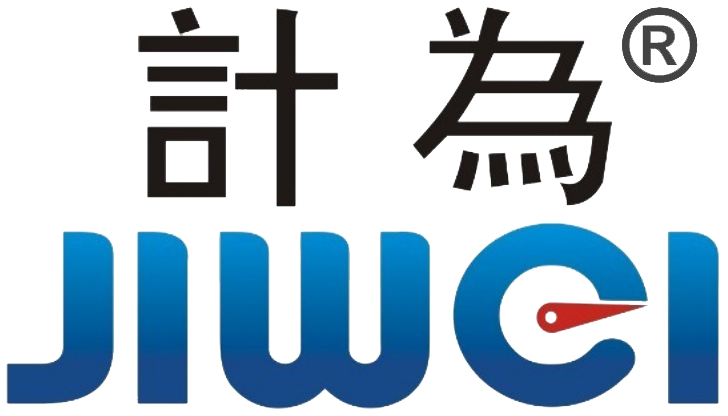SIL Certified Tuning Fork Level Switches: Why Certification Matters for Safety
SIL Certified Tuning Fork Level Switches: A Critical Requirement in Safety Instrumented Systems
In recent years, across industries such as petrochemicals, electric power, and railway transportation, one question has become increasingly common during instrumentation procurement:
“Is your instrument SIL certified?”
This is not just a technical formality—it’s a fundamental demand for safety. In industries where failure can lead to catastrophic outcomes, SIL certification is no longer optional. It is a mandatory baseline for safety.

What is SIL Certification, and Why Does It Matter?
SIL, or Safety Integrity Level, is a globally recognized certification standard defined by IEC 61508 and its country-specific equivalents (e.g., GB/T 20438 in China, EN 61508 in Europe). It evaluates how effectively a product or system can perform safety-related functions when a failure could have severe consequences.
SIL is divided into four levels (SIL1 to SIL4), with SIL4 being the most stringent. Each level defines an acceptable probability of failure on demand (PFDavg):
| SIL Level | Application Risk Level | PFDavg Range | Max Acceptable Failure Frequency |
|---|---|---|---|
| SIL 1 | Low risk | ≥10⁻² and <10⁻¹ | Once per year |
| SIL 2 | Medium risk | ≥10⁻³ and <10⁻² | Once every 10 years |
| SIL 3 | High risk | ≥10⁻⁴ and <10⁻³ | Once every 1,000 years |
| SIL 4 | Extremely high risk (e.g., nuclear) | ≥10⁻⁵ and <10⁻⁴ | Once every 10,000 years |
Governments and industry bodies around the world, including the European Union, OSHA (Occupational Safety and Health Administration, USA), and IEC working groups, emphasize the implementation of Safety Instrumented Systems (SIS) based on SIL standards, particularly in hazardous process industries.
Fake SIL Certifications: A Growing Problem in the Market

As SIL becomes a de facto requirement, fake or superficial certifications have become widespread. Some manufacturers claim SIL certification after paying a few thousand dollars, presenting non-verifiable, English-only certificates with no backing from accredited bodies.
These “quick-fix” SIL certificates often lack:
- FMEDA reports (Failure Modes, Effects, and Diagnostic Analysis)
- Safety manuals and lifecycle documentation
- Functional testing or audit records
- Traceability on official accreditation platforms
In contrast, true SIL certification—whether issued by TÜV Rheinland, TÜV SÜD (Germany), Bureau Veritas (France), or recognized institutions like Beijing Institute of Instrumentation (China)—requires:
- A year-long certification process
- Costs ranging from $10,000 to $50,000+
- Detailed analysis, modeling, EMC testing, and factory audits
- Issuance of traceable certification documents
If a vendor promises “SIL4 certification within a month”, it is almost certainly misleading or invalid.
Case Study: Jiwei Ring-11 Tuning Fork Level Switch with True SIL Certification
In China, few manufacturers have genuinely passed rigorous SIL certification for tuning fork level switches. Among them, Shenzhen Jiwei Automations Ltd. stands out.
Their Ring-11 tuning fork level switch is certified to SIL2/SIL3 by the Beijing Institute of Instrumentation Safety Center, a CNCA-accredited authority (Certification and Accreditation Administration of China). You can verify the certificate on the official CNCA website: www.cnca.gov.cn.
What makes Jiwei’s SIL certification trustworthy?
- Over 1 year of certification work
- Investment of over 200,000 RMB (~$28,000+)
- Full FMEDA modeling, safety lifecycle documentation
- EMC interference testing, fault injection testing
- System integration validation and factory audit
Jiwei also provides complete certification materials, including safety manuals, installation guidelines, and diagnostic performance documents, in compliance with IEC 61508:2010.
How to Identify a True SIL Certified Instrument
| Criteria | Genuine SIL Certification | Fake / Invalid Certification |
|---|---|---|
| Issuing Body | TÜV Rheinland, TÜV SÜD, BV, CNCA-authorized labs | Unknown or unverifiable entities |
| Certification Duration | 12+ months | 2–4 weeks (“express SIL”) |
| Certification Cost | $10,000–$50,000+ | $500–$1,500 |
| Online Verifiability | Yes (e.g., CNCA.gov.cn or TÜV websites) | No |
| FMEDA and Safety Manual | Provided in full | Not available |
| Documentation Quality | Full safety lifecycle support | Marketing brochure only |
Conclusion: SIL Is Not a Badge—It’s a Commitment to Safety
SIL certification is not a marketing sticker—it is a deeply technical assurance of functional safety, backed by rigorous evaluation and ongoing compliance.
When you choose a truly SIL-certified tuning fork level switch, like Jiwei’s Ring-11, you’re not just checking a box. You’re investing in safety, reliability, and regulatory compliance.
SIL certified tuning fork level switch, functional safety IEC 61508, FMEDA analysis level switch, SIL2 SIL3 switch verification, true SIL certification, how to verify SIL certificate, SIS compliance instrumentation

